By clicking on the product links in this article, we may receive a commission fee at no cost to you, the reader. Sponsorships and affiliate commissions help support our research so we can help you find the best products. Read our full affiliate disclosure here.
Darker skies, shorter days and colder weather can be enough to derail even the most avid fitness fan. Instead of hibernating under the covers or skipping out on the routine you worked all year to perfect, use winter to fuel your training.
While your motivation to achieve that “beach physique” might be waning, that doesn’t mean you can’t channel your active in other ways. Whether you focus on hitting PRs, making the most of the treadmill and yoga studio or showing the snow who’s boss, each of these techniques will allow you to breathe new life into your routine and help you make the most of winter training.
Check out this winter running gear from HOKA. The most-trusted brand in the running community:
1. Embrace a winter run.
1 of 9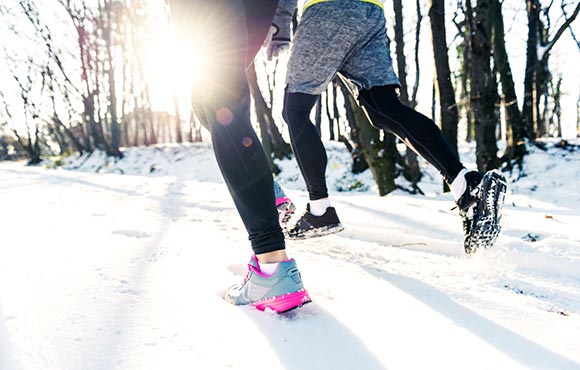
Have you ever run on a soft, sandy beach? The summer isn't the only time to embrace the elements. You can use winter's soft snow to your advantage, too.
Instead of strapping on those ankle weights for a lap around the track, take a 5-mile jog in soft snow. Much like running in sand, which a recent study in the Journal of Strength and Conditioning Research found led to a significantly higher heart rate and perceived level of exertion without affecting recovery, running in deep snow and sludge provides natural resistance.
In addition the cardio boost of running, the resistance helps strengthen muscles. Just remember to layer up and dress warm.
2. Focus on PRs.
2 of 9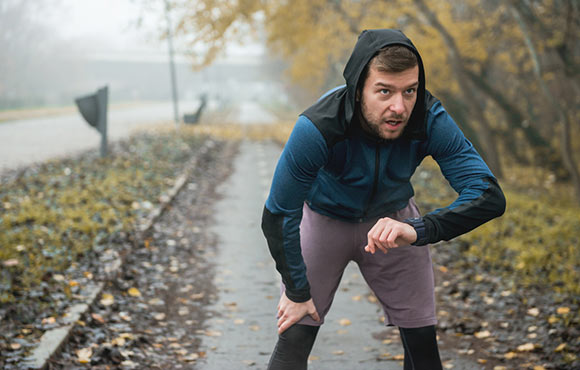
There's more to fitness than the lure of a six-pack or working out until you're small enough to fit into those skinny jeans. When you're bundled in layers of thermals and sweaters, it's the perfect time to focus on other goals—like personal records for lifts.
Keep a fitness journal handy to record your numbers at the beginning of winter, and slowly up the intensity, reduce rest time and go harder. Keeping track of things like your mood, hunger levels and sleep schedule can also help you recognize what works best for you. By the time summer rolls around, you'll have your schedule down.
3. Get creative with the treadmill.
3 of 9
Your stationary fitness equipment might have gathered dust during summer when the outdoors were calling, but winter is a great time to reignite your love of the treadmill. It can even become your full-body workout station, too. Four exercises to get you started are triceps dips, side shuffles, deadmills and walking lunges.
Side Shuffles: While they might take some initial focused coordination, side shuffles work both inner and outer thighs, glutes and hips. Changing up your normal movement patterns—from running forward to running sideways—can also activate overlooked muscles.
Triceps Dips: With your treadmill turned off, place your hands on the rails. Slowly lower yourself down, keeping your torso upright and your elbows close to your body. When you form a 90-degree angle between your upper arm and forearm, push back up to the starting position.
Walking Lunges: With the treadmill at a slow speed (under 3 mph), step forward with one leg and then lower your body until your knee is bent at least 90 degrees—careful not to touch your knee to the ground. Stand up and alternate legs as you move forward. Add an incline to keep the focus on your glutes and hamstrings.
Deadmills: If you're looking for a way to cap off your workout, try a deadmill. Deadmills are sprints where your legs power the treadmill to move. With the treadmill off, use your legs to drive the belt. The goal is to get to full speed as quickly as you can and give the sprint 100 percent intensity. Start with 15-second intervals, and work your way up.
4. Swim up a storm.
4 of 9
Just because the sun's gone down doesn't mean you need to force your swimsuit into retirement. Indoor pools can be a nice escape from the summer cold and provide a low-impact way to keep your heart rate up while building your endurance and strength. Not to mention, going for that swim could keep aging at bay.
According to research from Indiana University, regularly swimming roughly two to three miles, five times a week, could help postpone the aging process until age 70, by keeping your blood pressure, cholesterol levels, cardiovascular performance, muscle mass, blood chemistry and central nervous system health similar to that of your younger self.
5. Cross-country ski.
5 of 9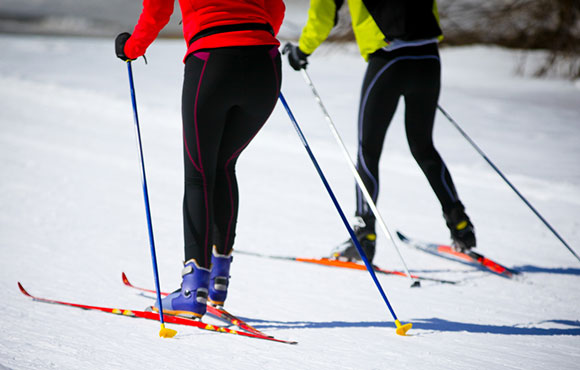
What's winter without skiing? Cross-country skiing, or Nordic skiing, is your best bet for a total body workout. The simultaneous pulling and pushing make it an upper and lower body workout that's hard to beat. The average person burns about 400 to 500 calories per hour while cross country skiing at a slow pace—think less than 5 mph. Not to mention, a good bout on the slopes improves cardiovascular endurance and functional training.
6. Enter a friendly competition.
6 of 9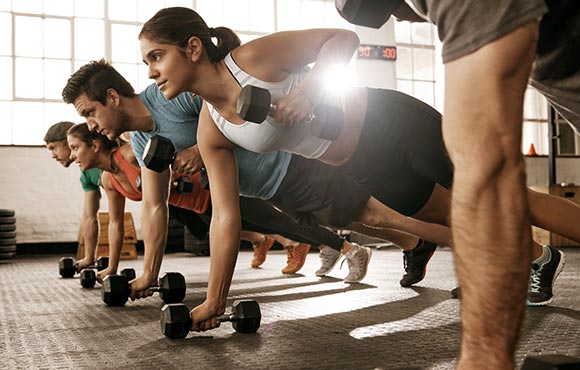
Sometimes, a little wager among friends is all you need to stay active in the winter. Whether you each put $10 into a community pot for a weight-loss challenge, a Couch to 5K® challenge or a lifting competition, the combination of camaraderie and competition could be just what you need to overcome your excuses.
7. Find your zen.
7 of 9
Take advantage of the slow days of winter by using them as a chance to unwind, relax and find your center. After the hustle-and-bustle of summer and the busy holiday season, it's a good idea to take some time for you and say yes to yoga. After all, training isn't only related to the body, but the mind, too.
Research suggests that the restorative practice of yoga acts as a self-soothing technique that can reduce the impact of exaggerated stress and may be helpful for both anxiety and depression.
8. Skate.
8 of 9
Take advantage of seasonal activities that you can only do at this time of year. Ice-skating is a great, low-impact way to target your legs, butt and core. Not only does getting across that slippery surface force you to engage your core, it helps you work on your balance, endurance, muscle tone, agility and flexibility. According to the United States Figure Skating Association, recreational ice-skating in adults burns between 250 and 810 calories an hour, depending on your intensity.
About the Author

After maxing out her need for (stationary) speed, Stephanie decided to hit the pavement and actually try and go somewhere by joining her first half-marathon training group. She ultimately decided to combine her love of journalism, fitness and a conversational tone in writing. You can see her work here.
Get ACTIVE on the Go


Couch to 5K®
The best way to get new runners off the couch and across the finish line of their first 5K.
Available for iOS | Android
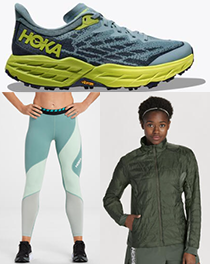
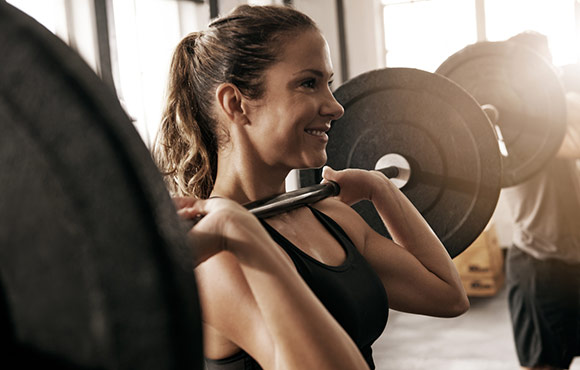


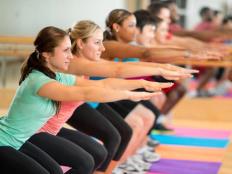


Discuss This Article